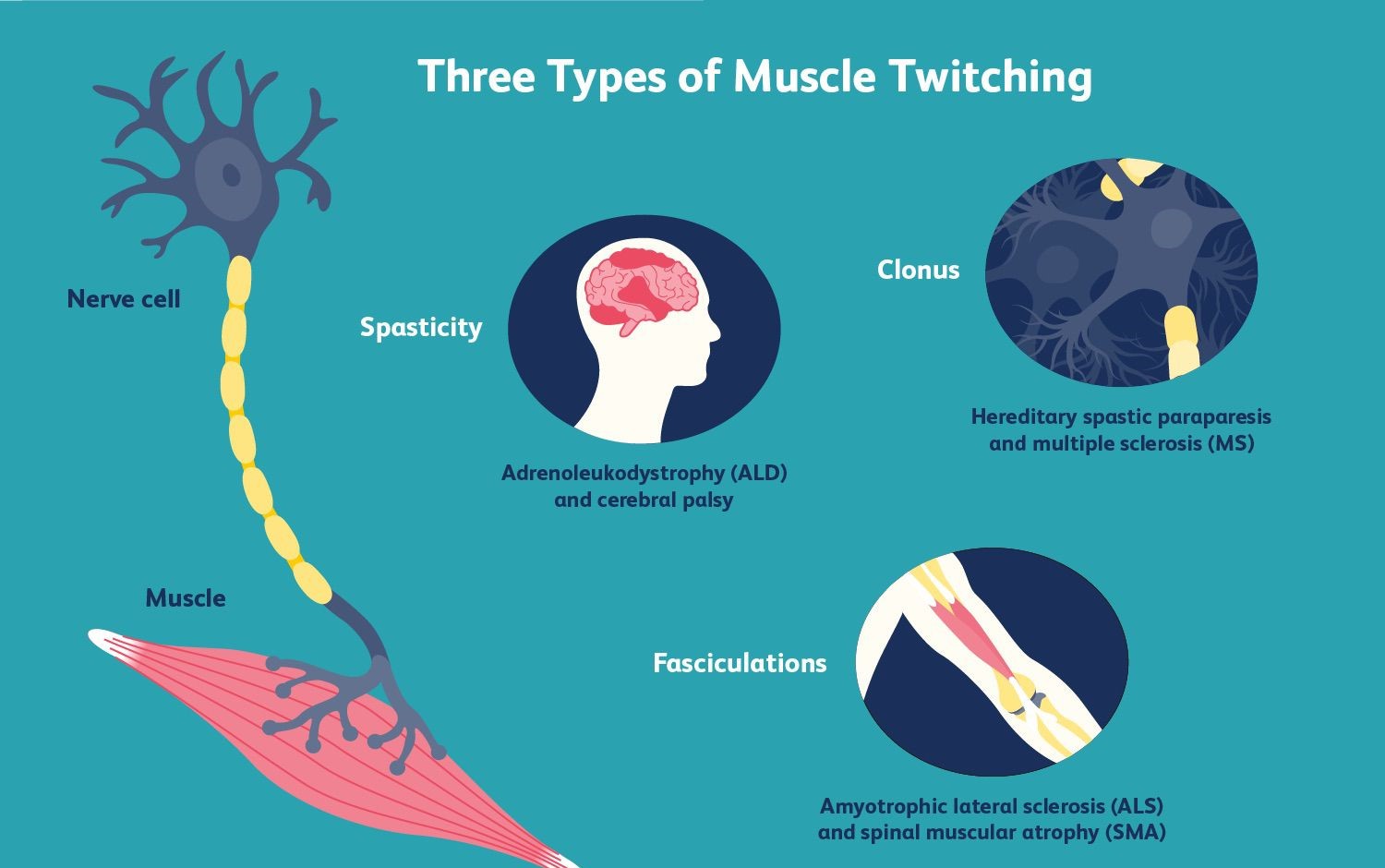A nurse is assessing a patient with respiratory acidosis.
What symptoms should the nurse anticipate?
Numbness in the fingers.
Abdominal pain.
Dry skin.
Lethargy.
The Correct Answer is D
Choice A rationale:
Numbness in the fingers is not typically a symptom of respiratory acidosis. This condition is characterized by an excess of carbon dioxide (CO2) in the body, which leads to a decrease in the pH of your blood, making it too acidic. Numbness in the fingers could be a symptom of other conditions, such as peripheral neuropathy or Raynaud’s disease.
Choice B rationale:
Abdominal pain is also not a common symptom of respiratory acidosis. While abdominal discomfort can occur in a variety of conditions, it is not directly associated with the acid-base balance disturbance that characterizes respiratory acidosis.
Conditions that commonly cause abdominal pain include gastrointestinal issues like gastritis, appendicitis, or gallstones.
Choice C rationale:
Dry skin is not a symptom of respiratory acidosis. The skin’s condition can be influenced by many factors, including hydration, environmental conditions, and certain skin conditions like eczema or psoriasis. Respiratory acidosis, on the other hand, is a condition that affects the acid-base balance in the body due to alveolar hypoventilation.
Choice D rationale:
Lethargy is indeed a symptom of respiratory acidosis. This condition occurs when the lungs can’t remove enough CO2, leading to an increase in the acidity of the blood. Symptoms of respiratory acidosis vary according to how long you’ve had the condition and its severity. Initial symptoms can include anxiety, blurred vision, and shortness of breath. If left untreated or in severe cases, symptoms may include fatigue, lethargy, delirium, or confusion. Therefore, a nurse assessing a patient with respiratory acidosis should anticipate lethargy among other symptoms.
Nursing Test Bank
Naxlex Comprehensive Predictor Exams
Related Questions
Correct Answer is A
Explanation
Choice A rationale:
Muscle twitching is a symptom of oxygen toxicity. Oxygen toxicity is a condition resulting from the harmful effects of breathing molecular oxygen (O2) at increased partial pressures. Severe cases can result in cell damage and death, with effects most often seen in the central nervous system, lungs, and eyes. Central nervous system symptoms can include muscle twitching.

Choice B rationale:
Redness of the face is not typically associated with oxygen toxicity. Oxygen toxicity primarily affects the central nervous system, lungs, and eyes. It does not typically cause redness of the face.
Choice C rationale:
Swelling around the eyes is not a common symptom of oxygen toxicity. The primary effects of oxygen toxicity are seen in the central nervous system, lungs, and eyes. However, this does not typically manifest as swelling around the eyes.
Choice D rationale:
A metallic taste in the mouth is not a known symptom of oxygen toxicity. Oxygen toxicity is a condition that results from the harmful effects of breathing molecular oxygen (O2) at increased partial pressures. It primarily affects the central nervous system, lungs, and eyes, but a metallic taste in the mouth is not a recognized symptom.
Correct Answer is B
Explanation
Choice A rationale:
The statement “The pulse oximeter may not be accurate during periods of excessive movement” is correct. Pulse oximeters measure the amount of oxygen in the blood by shining light through the skin, and movement can cause the light to scatter, leading to inaccurate readings.
Choice B rationale:
The statement “We will inform the doctor if the pulse oximeter consistently reads 100%” indicates further instruction is needed. A pulse oximeter reading of 100% is not necessarily a cause for concern. It simply means that the hemoglobin is fully saturated with oxygen. However, if the oxygen level is consistently at 100%, it could indicate that the oxygen flow is too high and needs to be adjusted. It’s important to follow the healthcare provider’s instructions regarding the desired oxygen saturation level for the infant.
Choice C rationale:
The statement “The probe of the pulse oximeter can be attached to a finger or a toe” is correct. The probe of a pulse oximeter can indeed be attached to a finger, toe, or even an earlobe. The important thing is that it’s attached to a part of the body with good blood flow. Choice D rationale:
The statement “We will move the probe of the pulse oximeter every 24 hours” is correct. It’s important to move the probe periodically to prevent skin damage, such as pressure sores or burns, especially in infants who have delicate skin.
Whether you are a student looking to ace your exams or a practicing nurse seeking to enhance your expertise , our nursing education contents will empower you with the confidence and competence to make a difference in the lives of patients and become a respected leader in the healthcare field.
Visit Naxlex, invest in your future and unlock endless possibilities with our unparalleled nursing education contents today
Report Wrong Answer on the Current Question
Do you disagree with the answer? If yes, what is your expected answer? Explain.
Kindly be descriptive with the issue you are facing.
